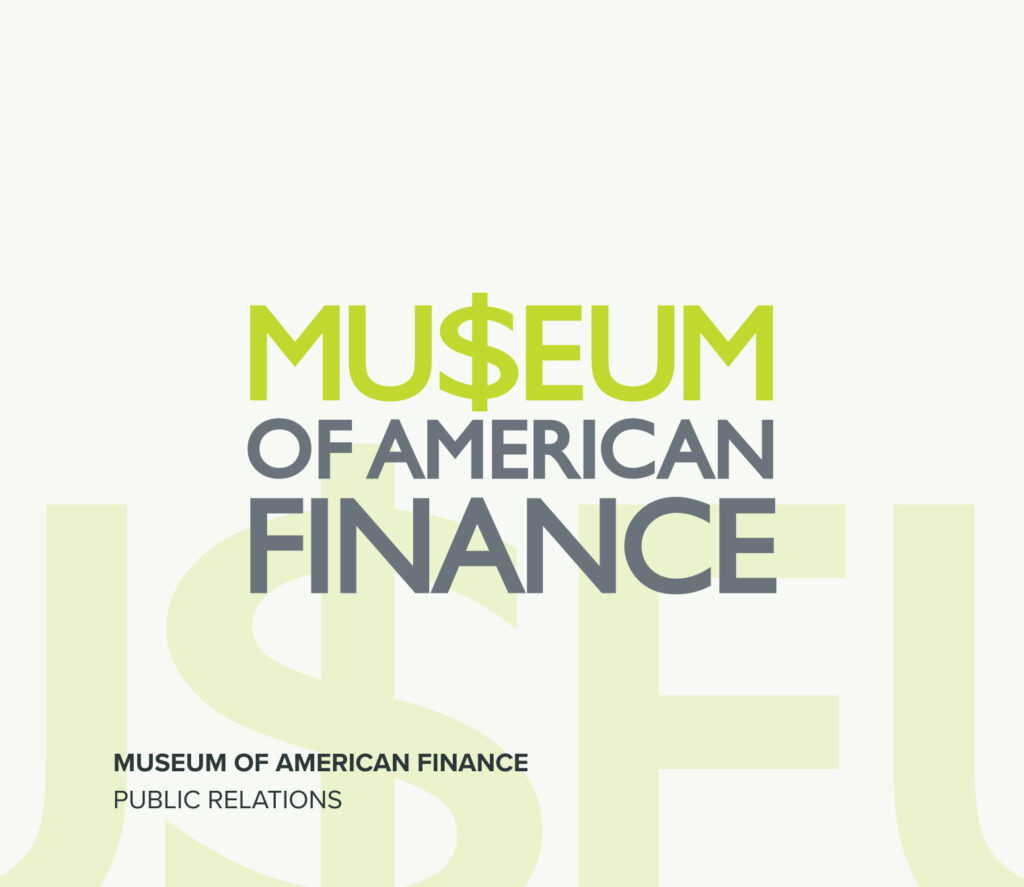Almost as a child during the holiday season eagerly awaits the chance to rip open his or her gifts, Wall Street looks greedily forward to much-anticipated Federal Reserve (Fed) interest rate cuts. Some media speculation expects the process to start imminently. The big guns of finance are not quite so optimistic, but even they look eagerly for cuts. UBS and Morgan Stanley, for instance, have gone on record saying that a continued easing of inflationary pressure will prompt the cuts to start in June and that they will become more dramatic during the second half of the year as signs of economic weakness emerge. Goldman Sachs, in contrast, believes that any cuts will wait until the fourth quarter at the earliest. Goldman has the probabilities on its side.
The media buzz looking for cuts to start sooner carries a classic investment mistake: the temptation to allow ones hopes to inform one’s expectations. It is easy enough to understand why financial people want the Fed to cut interest rates. High rates weigh on asset prices and rate cuts imply a flow of liquidity that will drive asset prices upward. But the Fed must do more than just gratify the desires of investors. It also has no business feeding the lust of media folk for striking headlines. It must ensure that the inflation pressure does not return, and it has made its strategy clear. Fed Chairman Powell has stated – and this is key — policy to keep rates high until Fed decision makers are sure that inflation has securely returned to the 2 percent a year pace that they prefer. Finding that security will take more than a month or two of good figures.
Certainly, policy makers face no economic pressure to relent on this interest rate strategy. The economy, though containing areas of significant weakness, exhibits no urgent need for policy relief. Unemployment stands near historic lows, and though the pace of hiring has slowed from earlier in the year, it remains strong enough to comfort even the most nervous policy maker. The third quarter’s real gross domestic product (GDP) showed a surprisingly strong 5.2% annual pace of growth. And though behind the bright headlines areas of weakness are evident, the overall picture demands nothing immediate from the Fed.
Neither is there any political pressure on the Fed. Typically, it is White House pressure that prompts the Fed to make ill-considered and rash shifts. But far from demanding Fed help, the Biden administration characterizes the economic picture as reason to brag about the success of “Bidenomics.” Political pressure might emerge as the election draws near, especially if signs of economic weakness emerge, but there is neither reason for it now nor immanent signs of what might create such pressure in the near future.
Policy makers, including Chairman Powell, are aware that inflation has moderated significantly. This past November, the most recent period for which data are available, the index showed only a 3.1 percent rise over the prior twelve months. That is a vast improvement over the pace observed in June 2022 when the Labor Department’s Consumer Price Index (CPI), was up more than 9 percent over the prior twelve months. But even the improved rate still leaves inflation well above the Fed’s acceptable target of 2.0 percent a year. Powell and the Fed’s staff are well aware that the great inflation of the 1970s and 1980s persisted as long as it did because the Fed declared victory several times on moderate inflation news and eased its counter-inflationary stance too soon.
Nor do the inflation figures themselves offer any assurance that the recent pattern of moderation will continue. In just the last three months, for instance, the monthly CPI readings have varied between annual rates of 7.5 percent and 2.4 percent. Even the so-called “core” rate of inflation, which excludes the sometimes-wild swings in food and energy prices, recorded annual rates during these last four months between 2.4 percent and about 4 percent. Other measures of living costs, such as the GDP deflator, have actually accelerated. The spring quarter looked very encouraging with a 1.7 percent annual rate of inflation, but the more recent summer quarter saw the rate jump to 3.6 percent. Such variability surely alerts policy makers to the risk of declaring victory too soon.
Some media discussions have described the Fed’s decision to pause its pattern of rate hikes as a prelude to immanent cuts. Chairman Powell, however, has explained things in a very different way. Instead of a prelude to cuts, he characterizes the pause as a way for policy makers to assess the lagged economic effects of what they have already done. He has made clear that once they have made that assessment, they may have to raise interest rates again. It all depends, he has explained, on the flow of information on the economy and inflation. Whether the Fed raises rates again or not, Powell warns that he and his colleagues at the Fed will keep interest rates high until they have secured inflation close to their 2 percent target. People have no reason to doubt his word.
Over the next few months, the Fed may receive the good news on inflation it seeks. Alternatively, policy makers may get bad news on the economy sufficient to persuade them to take the risk of giving up their inflation fight early. In either case, it will take several months of compelling confirmation to get the Fed to move toward rate cuts. That puts the hope of any such policy change into the summer at the earliest and more likely not until the last quarter of the year, maybe not until 2025.


